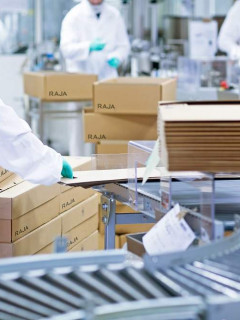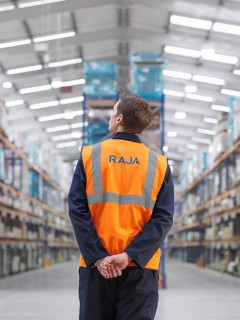If you run an online business and you don’t feel comfortable with the logistics side of things, logistics strategy is not just for large groups. It must be considered as soon as products are sold and delivered.How to manage your supply, which distribution channels to choose, how to ensure a good customer experience are some of the questions you may have. Find our expert advice on understanding and mastering e-commerce logistics.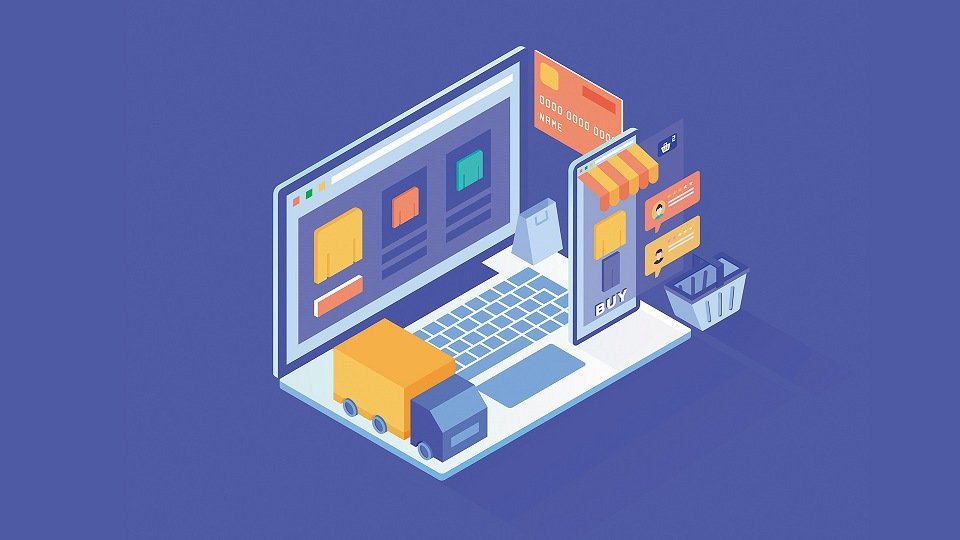
Logistics strategy: a quick definition
Logistics strategy is the choice of transport, supply, storage or distribution methods to obtain the most optimised supply chain possible. As each e-commerce business is different, the supply chain strategy adopted must meet the company’s specific needs. This is an important step, as it facilitates
- Prevention and optimisation of logistics costs
- Overall performance of the company (stock management, transport of goods)
- Customer satisfaction (meeting delivery deadlines)
small optimisations along the chain lead to big results in terms of efficiency and costs
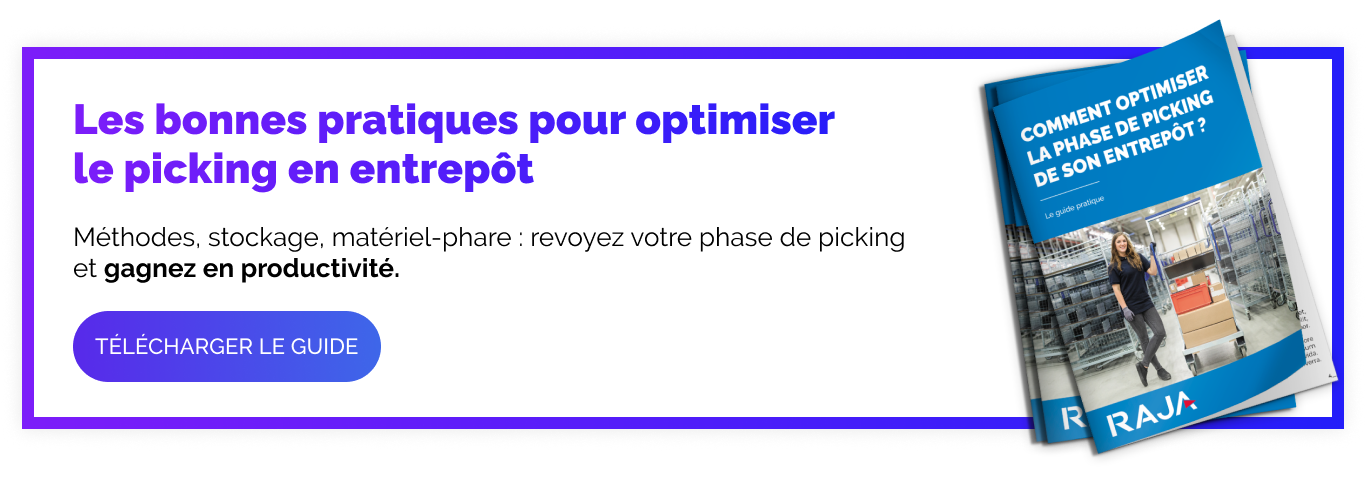
Step 1: Plan the supply of your products
The supply of goods or raw materials to enable the manufacture, distribution or sale of your products is known as procurement. This step is important to ensure the proper supply..
- A warehouse
- A logistics centre
- A warehouse
to define the items to be supplied, it is necessary to know your e-commerce target group well in order toensure that your customers’ expectations are matched with the products you offer. Our second piece of advice for a successful supply strategy is to choose your suppliers carefully. The products must be of good quality, in compliance with the standards imposed by the State, according to their nature and their uses
|
are your suppliers eco-responsible? Choosing suppliers who are committed to eco-responsibility is essential, in a context where this is one of the major concerns of consumers. Ask your suppliers about their manufacturing techniques, the origin of their raw materials, and also their means of transport. |
step 2: Ensure stock management
For efficient logistics, your stock management method must be adapted to your activity and your products. There are various storage principles such as
- The ABC method: stocking products according to the rate of turnover
- The LIFO system: last product in, first product out
- FIFO system: the first item in is the first item out
similarly, the organisation of the storage warehouse can be done in different ways
- High turnover storage on shelves or aisle shelves
- Storage on a mezzanine floor with posts
- Storage on raised pallets
- Pallet storage in aisles
- High bay storage (narrow aisles)
to help you choose the right storage method for your warehouse, take a look at our guide to the main principles of storage, where you’ll find everything you need to optimise your stock management, and thus simplify your order picking
|
did you know that you can outsource certain phases of the supply chain by using a service provider with a logistics platform. This type of structure brings together items from different suppliers before they are sent out. With such a system, you no longer need a storage warehouse. |
step 3: Optimise your order picking
This stage of the supply chain can quickly lead to loss of time and productivity in the warehouse if it is not optimised. Here are two ways to improve order picking
- Establish an efficient picking method
- Choose packaging that meets product protection needs
picking is the stage of order preparation where the operator collects the items of one or more orders in the warehouse. Its optimisation is important for several reasons
- Increase team productivity
- Improve the management of physical flows in the warehouse
- Improve the safety of operators
- Prevent Musculoskeletal Disorders (MSD)
to optimise your picking, you need both the right storage method and the right equipment in your warehouse (handling equipment, possibly a Warehouse Management System, etc.). To find out more on the subject, see our complete guide to logistics picking. On the other hand, taking care of your packaging can not only speed up your order preparation, but also considerably improve customer satisfaction. Packaging is all the more important in e-commerce, where it is a key element in customer relations. For successful packaging, you need to think about several parameters
- Its shape: adapted to the content and convenient to open
- Its composition: with more durable materials for example
- Its customisation: to reinforce the wow effect
need to optimise your packaging strategy? Visit the guide to successful packaging from A to Z.
Step 4: Ensure the distribution of your products
Delivery should not be neglected while thinking about the logistics strategy, at the risk of wasting part of your budget! To do this, two questions arise
- What type of delivery do you want to offer?
- Which carrier will you choose?
the delivery of e-commerce products can be done
- Home delivery: often more expensive but very practical for your customers
- In a relay point: nowadays, they are very accessible
- In automatic lockers: no opening hours constraint, but not very common in rural areas
the choice of carrier determines the quality of the final delivery. Compare the different offers. Price, quality of service, eco-responsibility are important characteristics.Pay also attention to the last mile deliverythis is the most expensive part, and the one that is in direct contact with the final customer. Located at the end of the logistic chain, it has an important impact. To optimise this part of the distribution you can
- Reduce the emptiness of your parcels
- Opt for a shared delivery
- Choose a carrier with more ecological practices
step 5: Ensure your reverse logistics
The reverse logistics strategy includes all the order return management processes that are put in place. You should not stop at the product delivered, but take into account a possible return from the consumer! With a well thought-out order return policy, you gain credibility on your market. To do this, mention all the necessary information to the consumer in your general terms and conditions of sale
- How long it takes to return your products
- Process for making a return request
- Valid reasons for return
- Refund conditions..
you can communicate this information on your website, but also directly on your packaging to make the process easier. And to make things easier for your customers, use return packaging when sending the goods, which is also more environmentally friendly!
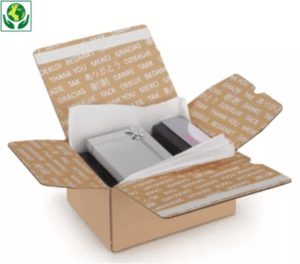 |
RAJA offers various types of returnable cardboard boxes. They have two adhesive strips: one for easy closing and the other for returns. Instant assembly saves valuable time. |
your e-commerce logistics strategy is based on 5 key stages: procurement, storage, preparation, distribution and return. By optimising each of these parts, you will achieve cumulative effects on your entire business!













